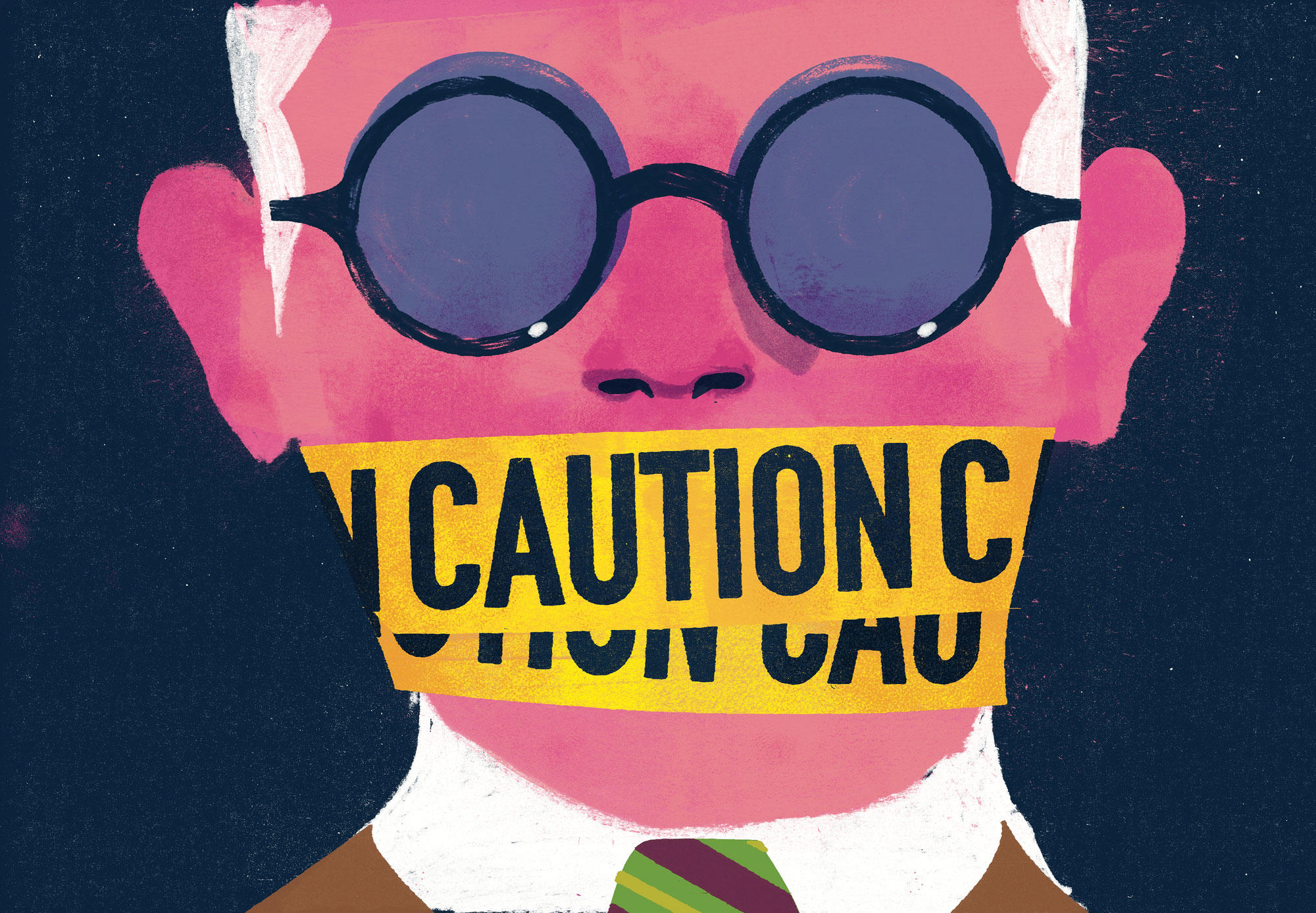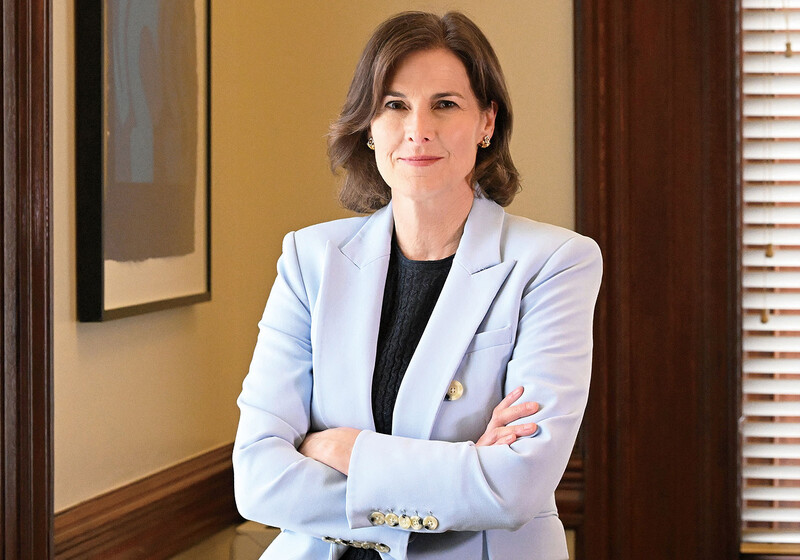“The issue of free speech on campus couldn’t be more timely,” Suzanne Goldberg, Columbia’s executive vice president of university life, told an audience in Pulitzer Hall in November. Everyone got the reference. The panel discussion she was introducing, “Free Speech on Campus” — part of her office’s social-justice-themed series Awakening Our Democracy — came just days after students loudly protested two speakers who had been invited to campus by the Columbia University College Republicans.
Those speakers — Tommy Robinson, a British nationalist who rails against Islam, and Mike Cernovich, an Internet powered verbal grenadier who promoted the “Pizzagate” conspiracy theory — were deemed by some students to be white supremacists, their presence a provocation serving no valid academic purpose.
The panelists — Jamal Greene, a Columbia law professor; Suzanne Nossel, the executive director of PEN America, which supports free expression for writers; and Tanya Hernández, a law professor at Fordham — all agreed that private universities are not, as Greene said, “governed by constitutional standards.” The campus is “a regulated environment” and “very different from the public square.” The big question is how to decide what is permissible speech and what isn’t.
With the yardstick of the First Amendment never far from their thoughts, the panelists drew their own lines. “US law — unlike the law in most of the rest of the world — doesn’t regulate hate speech,” said Greene. Not because hate speech is harmless, he said — “people are harmed by speech all the time”— but because of concerns over who gets to draw the line, and where. “Who,” said Greene, “is the decision-maker?”
Columbia’s stance is that the University should not be in the position of deciding which views its community should hear and which it should not. As Goldberg states on the Office of University Life website, “It is foundational to Columbia’s learning and teaching missions that we allow for the contestation of ideas,” including ideas that “are deeply unpopular, offensive to many in our community, contrary to research-based understandings, and antagonistic to University tenets.”
Greene noted that many objectionable speakers aren’t so easy to categorize, and that “even provocateurs tend to gussy up what they’re saying with pseudo-academic terms.” But as hard as those lines are to draw, Greene said, that doesn’t mean we shouldn’t ever draw them. He used the example of a Holocaust denier: “I have no problem with administrators saying, ‘Nope, not that one.’”
Hernández, an expert in anti-discrimination law, called for a more “nuanced” legal threshold, one that could deal with what she called “racially assaultive speech” — persecutory, hateful, or degrading messages directed at historically oppressed groups. “Racially assaultive speech doesn’t seek to enter into conversation,” she said. “It seeks to shut people down.”
Nossel, the closest thing on the dais to a free-speech absolutist, observed that the broad latitude of the First Amendment has been balanced by “strong norms of respect” in public discourse and taboos against hostile racial speech. She also acknowledged that those taboos are now being eroded, and at the highest levels of government. “The question,” she said, “is whether regulation is the answer.”
Recognizing that some speech, while not considered “dangerous” by law, can still be damaging, Nossel argued that “the answer is not suppressing or restricting the speech, but rather having other voices speaking out — the university speaking in its own voice to repudiate noxious speech, and providing support to students who may be experiencing those harms.” The goal, she said, was to both “keep the campus open and sustain this idea of a community that’s welcoming to everybody.”
For Hernández, however, asking students to endure injurious speech in the name of tolerance overlooked the fact that the weight of this responsibility was not evenly distributed. “Tolerance is an abstraction for people who are not targeted by hate speech,” she said. “But vulnerable groups, racial minorities that are targeted by hate speech — we have an outsize burden to bear in tolerating it. To what purpose?”
Greene attributed the resistance to hostile speech in part to the potential of social media to “metastasize” hateful discourse. At the same time, he cautioned that what inflammatory speakers really want is the oxygen of attention, and that “regulating them can sometimes give them more oxygen.”
In other words, in an imperfect world, there are no perfect solutions. “Human beings make mistakes on both sides,” Greene said. But, he said, “at some point there’s going to be a line, and human beings have to draw it.”



